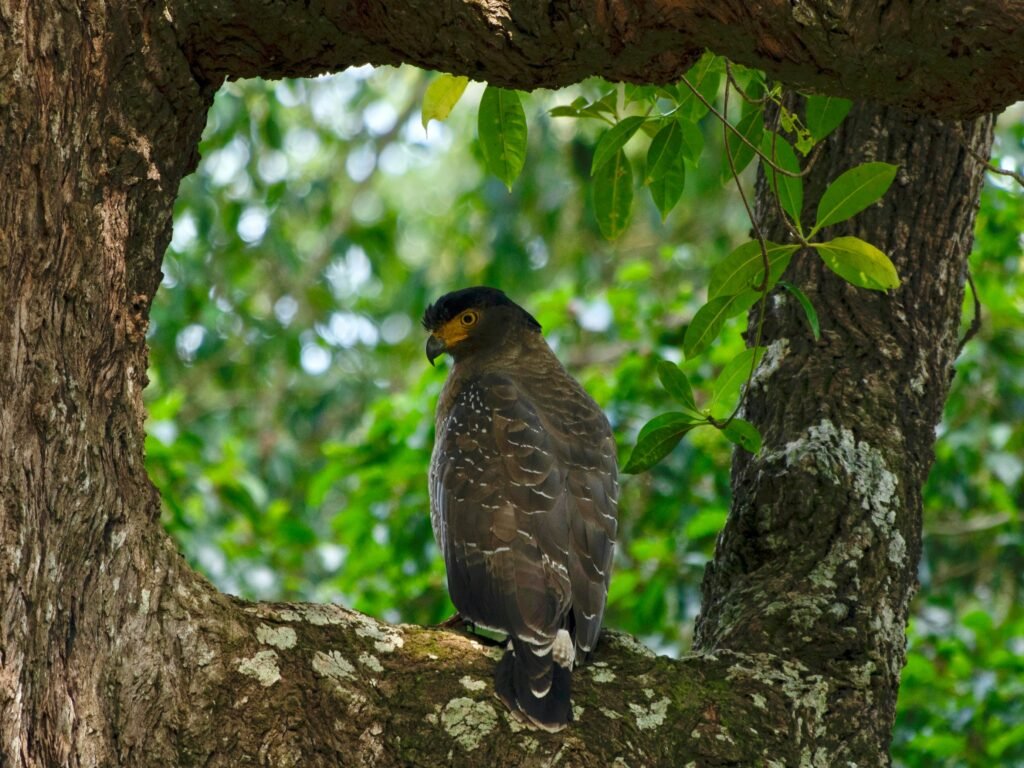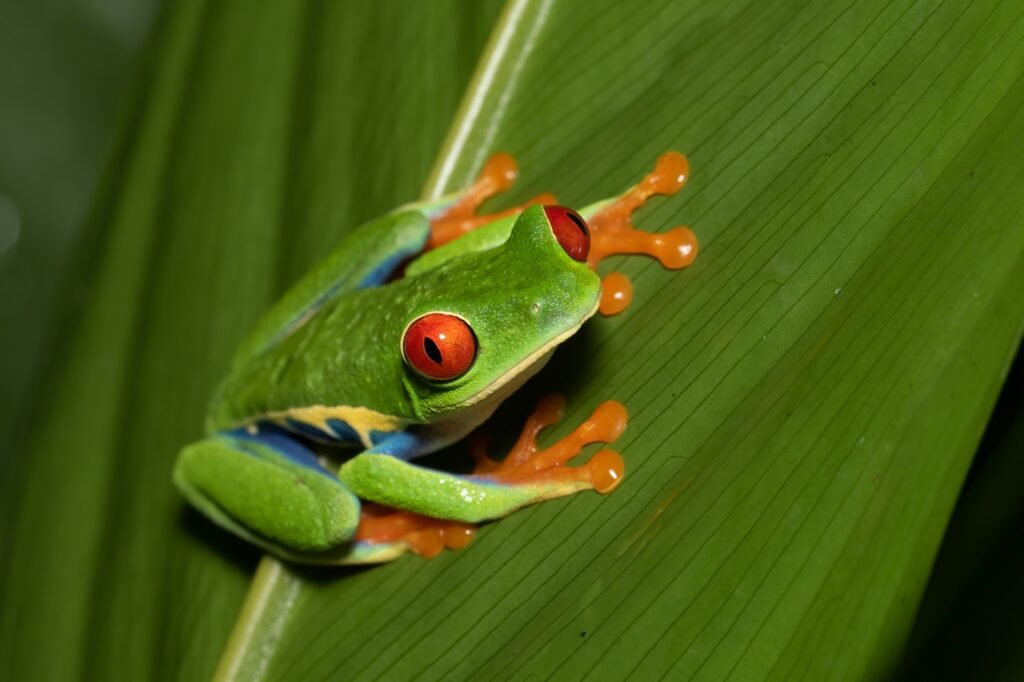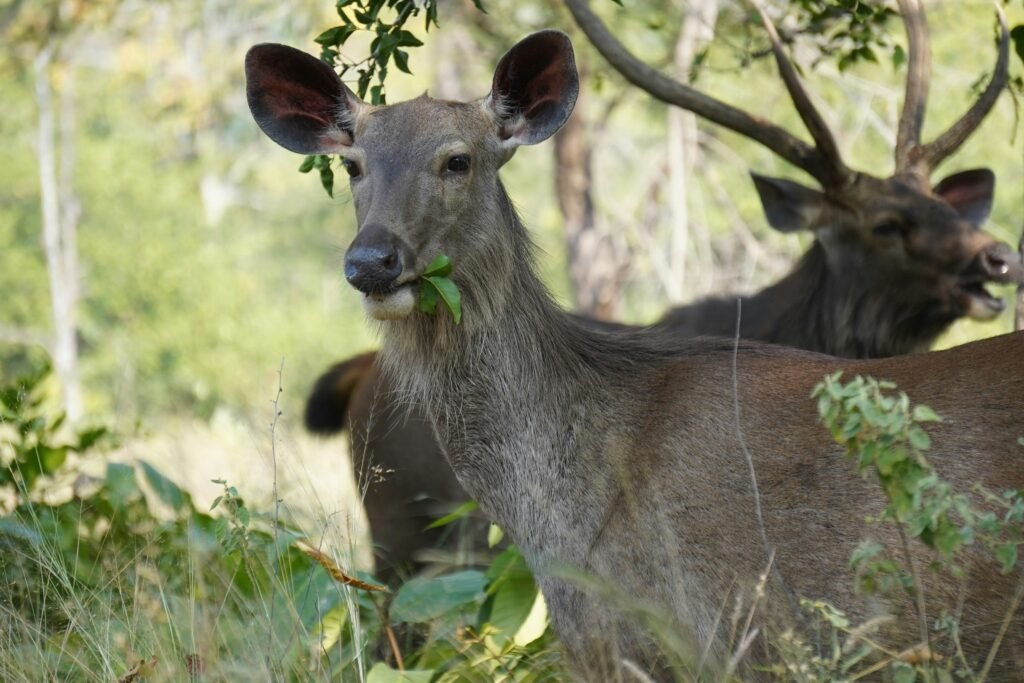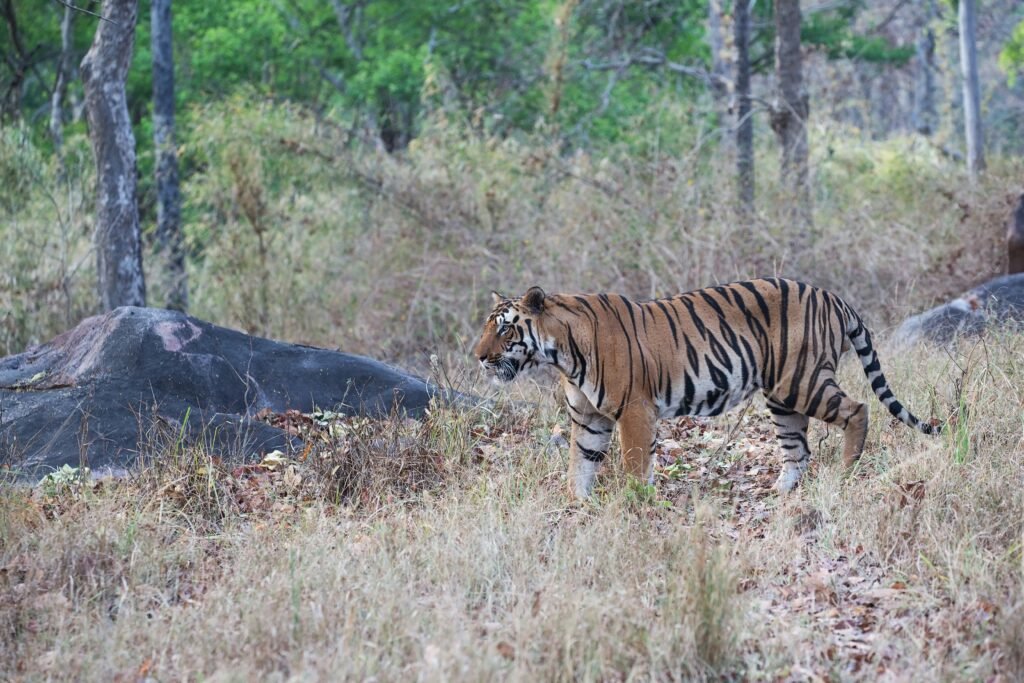Introduction to Bandipur National Park
Bandipur National Park in Karnataka, India, stands out as a key conservation area. Established in the 1970s as a tiger reserve, it plays a vital role in preserving the region’s wildlife. Neighboring Nagarhole National Park, it forms part of the Nilgiri Biosphere Reserve, known for its rich biodiversity.
Covering 874 square kilometers, Bandipur boasts diverse landscapes. From dense forests to open grasslands and winding rivers, the park supports various ecosystems. The park’s altitude, between 800 and 1,500 meters, creates different climates ideal for wildlife. Deciduous forests dominate, providing shelter for many plant and animal species.
The park’s significance goes beyond its beauty. It plays a critical role in protecting endangered species, such as the Indian tiger and Asian elephant. Conservation efforts here have helped fight threats like habitat loss and poaching. Bandipur also acts as a crucial wildlife corridor, linking habitats and ensuring genetic diversity.
Bandipur National Park is more than a conservation hub. It offers eco-tourism and educational opportunities, making it a must-visit for nature lovers and conservationists.
Wildlife and Biodiversity





Bandipur National Park in southern India is famous for its rich biodiversity and wildlife. It provides a vital habitat for tigers, Indian elephants, leopards, and deer like chital and sambar. These majestic animals attract visitors worldwide and play key roles in maintaining the park’s ecosystem.
Beyond the large mammals, Bandipur is home to a variety of reptiles, amphibians, and over 200 bird species. Birdwatchers can spot the colorful Malabar grey hornbill, crested serpent eagle, and Indian roller. This biodiversity reflects a healthy ecosystem where every species, big or small, is essential to ecological balance.
Conservation is crucial in Bandipur to protect endangered species and their habitats. The park faces challenges like human-wildlife conflicts and habitat fragmentation. Conservation efforts focus on anti-poaching, habitat restoration, and involving local communities in protecting wildlife.
Bandipur National Park is a natural treasure. Its diverse species, unique ecosystems, and ongoing conservation efforts make it an invaluable sanctuary for India’s biodiversity.
Activities and Attractions





Bandipur National Park offers a range of activities that immerse visitors in its rich wildlife and scenic beauty. The most popular adventure is the Jeep Safari. This guided tour takes you through the park, where you can spot elephants, tigers, deer, and a variety of birds. Wildlife enthusiasts will love the close encounters with animals in their natural habitat.
For bird watchers, Bandipur is a paradise. With over 200 recorded species, the park offers incredible birdwatching opportunities. Whether you’re an amateur or a pro, you can enjoy spotting vibrant local and migratory birds. Binoculars and cameras help capture these stunning moments.
Trekking in Bandipur adds another layer to your visit. Trails for all skill levels allow you to experience the park’s breathtaking landscapes while staying active. It’s a perfect way to connect with nature and appreciate the diverse ecosystems.
Beyond the park, nearby attractions like Mysore provide cultural experiences, including historic palaces. With accommodations ranging from luxury resorts to budget-friendly lodges, every traveler can find a suitable place to stay.
Bandipur National Park promises a memorable experience for all nature lovers, offering exciting activities and stunning landscapes to explore.
Conservation Efforts and Future Challenges
Bandipur National Park has seen extensive conservation efforts to protect its rich biodiversity. Various groups, including local communities, NGOs, and government bodies, work together to ensure the park’s sustainability. Local involvement is key, as eco-tourism offers alternative incomes that reduce reliance on park resources. Educational programs also help locals understand the importance of protecting their natural heritage.
NGOs play a major role in conservation here. They lead habitat restoration, wildlife monitoring, and anti-poaching campaigns. Groups like the Wildlife Protection Society of India have been crucial in managing wildlife conflicts and promoting coexistence between humans and animals.
Despite these efforts, challenges persist. Poaching remains a serious threat, especially for elephants and tigers. Habitat destruction, driven by agricultural expansion and development, fragments ecosystems. Climate change also adds pressure, altering the weather and habitats essential for many species.
To tackle these issues, enhanced surveillance, stricter wildlife protection laws, and stronger community-led initiatives are crucial. Adapting to climate change through innovative management strategies is also essential. Collaboration among all stakeholders will help Bandipur National Park continue to thrive as a key conservation area for future generations.







